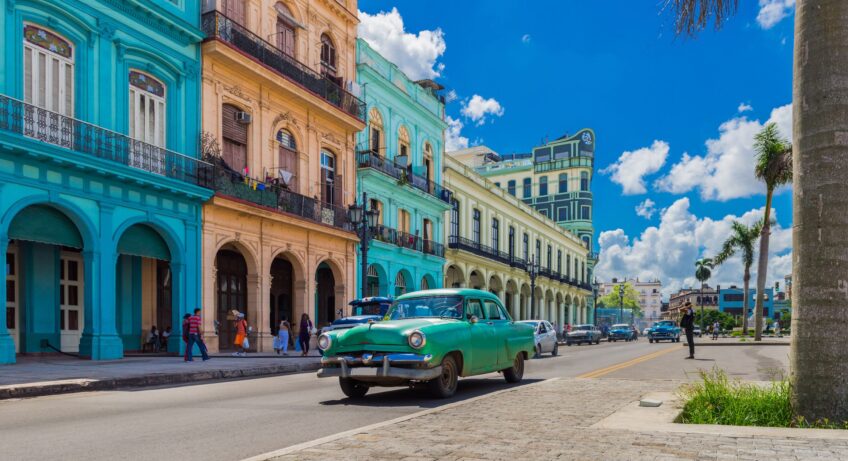Home to World’s Smallest Bird
Cuba is famous for its beautiful sand beaches, delectable rum, and world-famous cigars…Cuba is so much more than most people imagine from fantastic hiking trails to nature preserves to fascinating historical sites to modern art galleries. TravelJingles in conversation with H.E. Mr. Alejandro Simancas Marin, Ambassador of the Republic of Cuba to India.
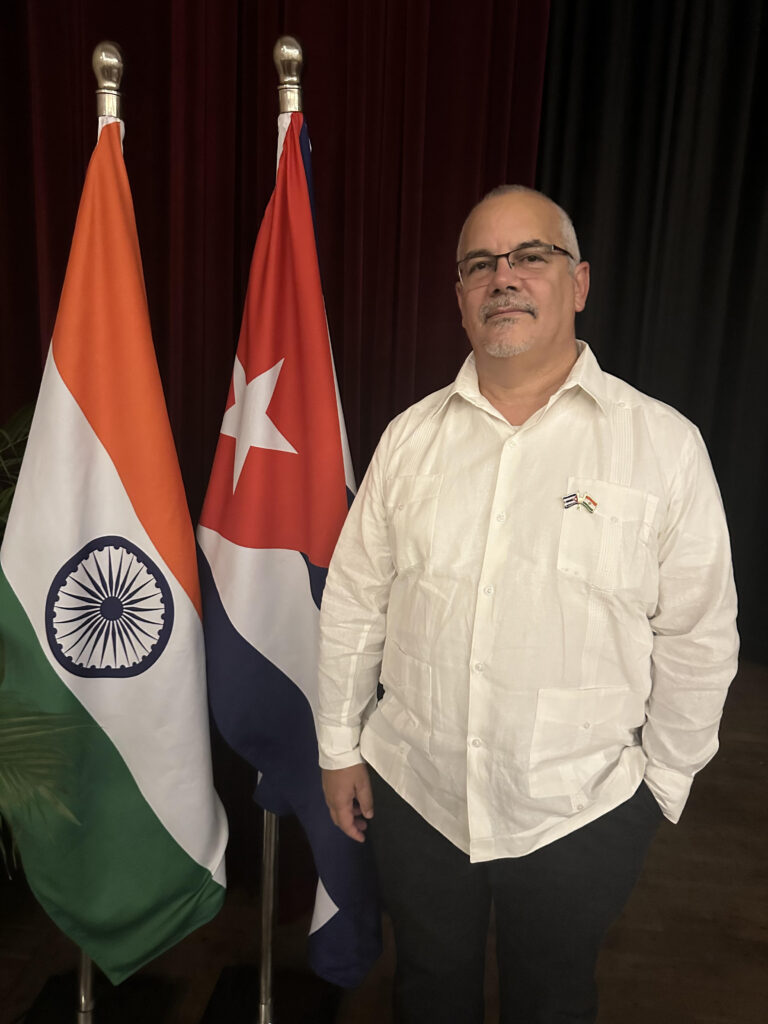
Q1. Cuba has nine UNESCO World Heritage Sites. Tell us about the three must-visit places in Cuba.
Cuba is a country with a strong and rooted cultural and historical tradition y this is summed up in Havana, a marvellous city. There you will find interesting museums, impressive restoration projects, and a magnificent artistic and cultural heritage, paintings, murals, novels, poetry, salsa, rumbas, the wonderful feeling of the enjoyable streets of Havana will delight your senses with its lively nightlife and musical culture. Above all, Havana’s greatest treasure is its people, their hospitality, joy and friendship, and also their dignity, generosity and sense of humanity and solidarity.
Varadero has been considered by trip advisor as the second-best beach in the world. There are 22 km of a beautiful beach with the most crystalline waters, all the possible shades of intense blue and the white and fine sand. To this is added a fairly stable climate that makes Cuba an eternal summer. When entering the rural tradition of Cuba, the ‘Valle de Viñales’, a valley surrounded by small hills of an intense green and in its bases lie the plantations of the best tobacco in the world.
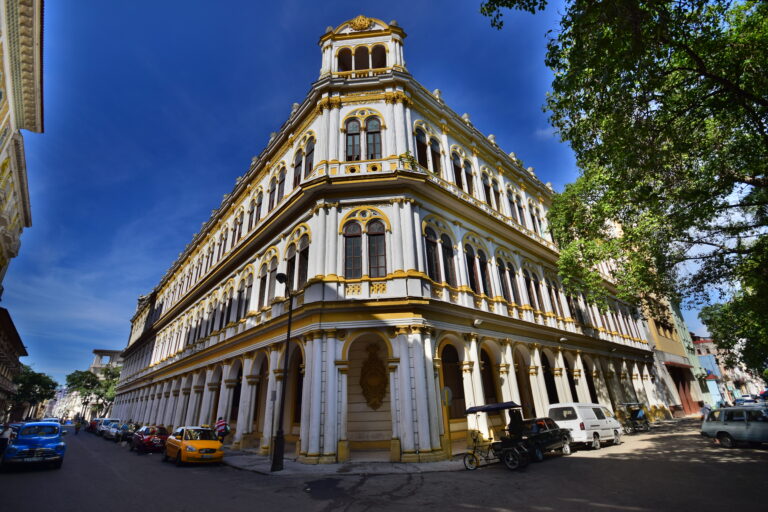
Q2. Cuban cigars are the finest handcrafted cigars in the world. Comment.
Cuba is famous for its ‘habanos’, the handmade premium tobacco, considered the best in the world. This is due to three conditions: The particular characteristics of the soil in the western region of ‘Vuelta Abajo’, the warm and humid climate and the experience and tradition of centuries over generations. Tobacco has been a tradition for centuries and in the XVI Century began to spread throughout the world. There are 27 Habanos brands, each with more than 25 varieties, different leaves, flavours and aromas. The Habanos stand out for their high quality, the careful manual work of the twisters, who need more than a hundred steps to complete a single habano.
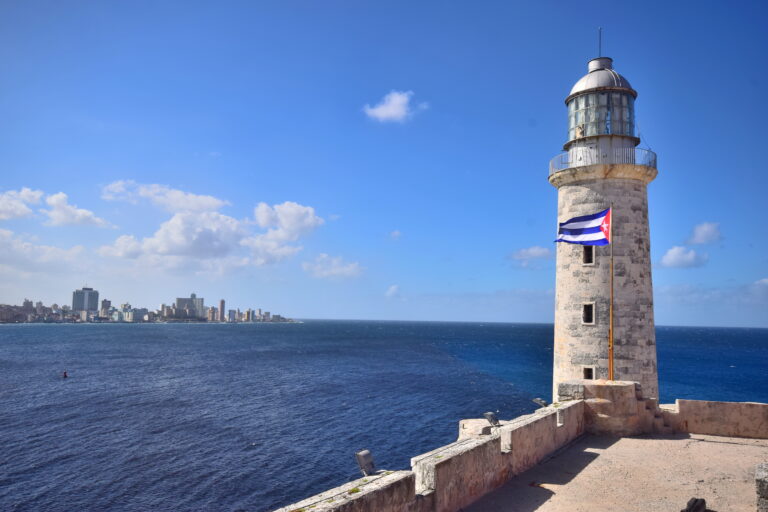
Q3. Ropa Vieja is the national dish of Cuba. Tell us about the gastronomy of Cuba.
Gastronomy shares the wisdom of techniques inherited from the taínos natives, and later combined with Spanish and African cuisine, with Caribbean influences. The most well-known recipes are the rice congri that combines with black beans. La Ropa Vieja, which has the main ingredient of stewed meat; the Cuban sandwich and the rice with chicken, very similar to the biryani. In terms of gastronomy, the wide and diverse cocktails that are based on Cuban rum cannot be ignored: the famous cocktails stand out: mojito, daiquiri, Cubalibre, Cubanito, among others.
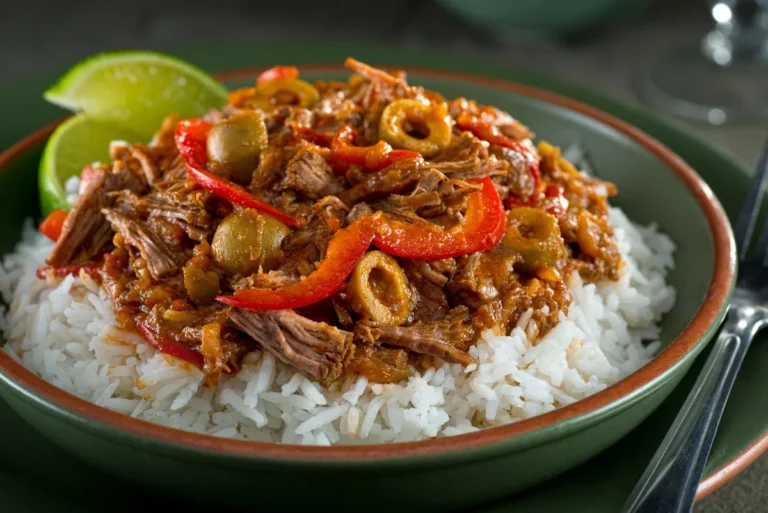
Q4. Cienfuegos is called the ‘Pearl of the South’. What makes it so special?
Cienfuegos, known as the “Pearl of the South”, is a city open to the sea, next to its imposing bay in southern Cuba. It was declared a World Heritage Site by UNESCO in 2005 and founded in 1819 by a French emigrant, so it retains one of the most peculiar urban centers for its architecture, full of classic facades and slender columns, with a mixture of French elegance and affable Caribbean style.
Q5. Cuba has the second largest reef in the Caribbean. Tell us about the water adventures in Cuba.
Cuba has one of the best and most beautiful coral reserves in the Caribbean. Highlights include the Gardens of the Queen, a group of islets in southern Cuba. Boasting one of the most vibrant marine ecosystems in the world, this rainbow-coloured corner of Cuba’s second largest archipelago has been wonderfully preserved due to strict environmental protection laws since 1996. The regulations state that the marine park is only open to a limited number of dive yachts to preserve and protect the area, keeping the total number of divers visiting to 3000 annually. If you consider yourself a scuba diving or snorkelling enthusiast, this is one of the most enchanting places to explore the rich diversity of life under the water’s surface.
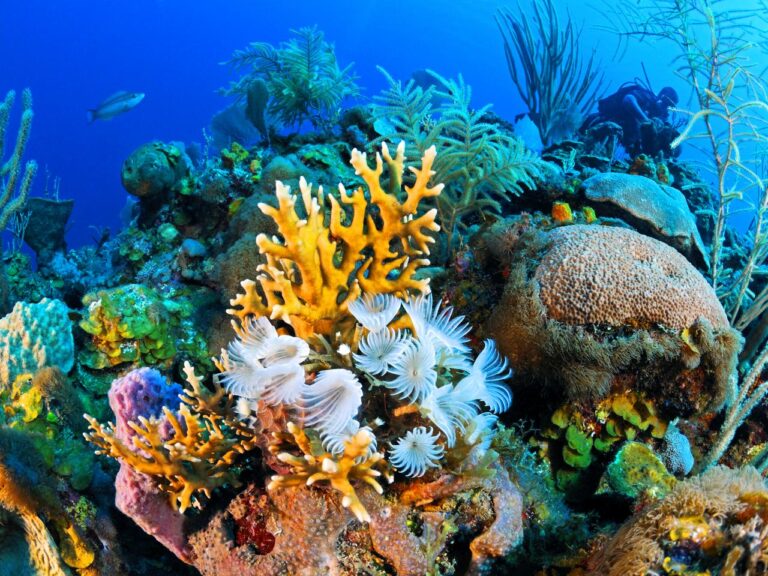
Q6. A lot of movies have been shot in Cuba. What makes the country so friendly and fulfilling.
The wide range of colours, light, ambience and diversity of locations that exist in Cuba and in Havana offer everything that producers need. There is a system of high-level cultural institutions that support any film production, such as the Institute of Art and Film Industries, art schools, the scenic arts council and a variety of dance and music companies. Citizen security, the support of public institutions to culture also favours. The Indian film “Ek Tha Tiger”, which shows the convergence of our cultures: An Indian history set in Havana. Cubans share with the Indians the pleasure of telling and creating stories through literature, orally or movies.
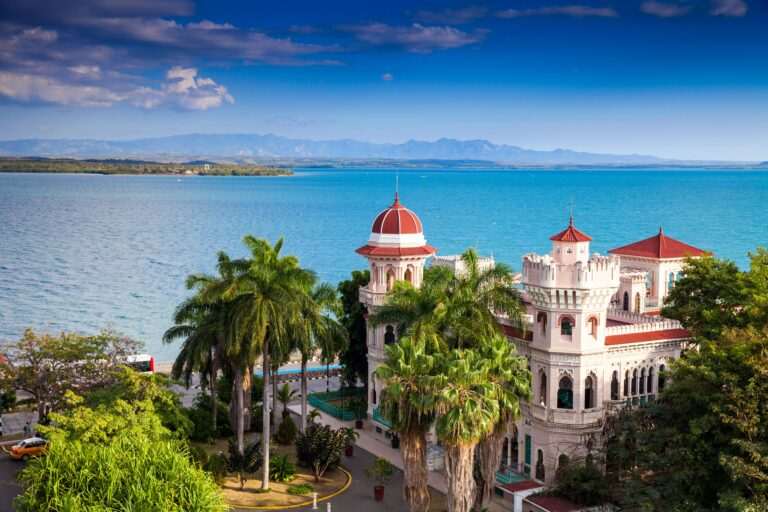
Q7. Which is your favourite travel destination except Cuba and why?
At the moment there is no greater fascination for us than India. Having the high responsibility of working here, allows us to delve into the millennial and fascinating culture and history of India, its traditions, Visiting the natural wonders of its extensive geography; but above all meeting the noble people of India, from whom we have always received friendship and affection, and that is what we try to reciprocate them permanently.
Q8. Do we have any similarities between India and Cuba? Comment.
We are geographically distant countries. However, we had a similar history of a long struggle for independence and the pursuit of development, so we share a similar vision in the international arena, initially in support of independence, against colonialism and which we maintain today in favor of the rights of the peoples of the south, of a more equitable world, just and inclusive, in defence of multilateralism and the right of peoples to their economic, social and cultural development. As peoples, we also share the fascination for dance and music, we are very sensitive to the problems of others, we are supportive, cooperative, friendly, very hospitable and family.

